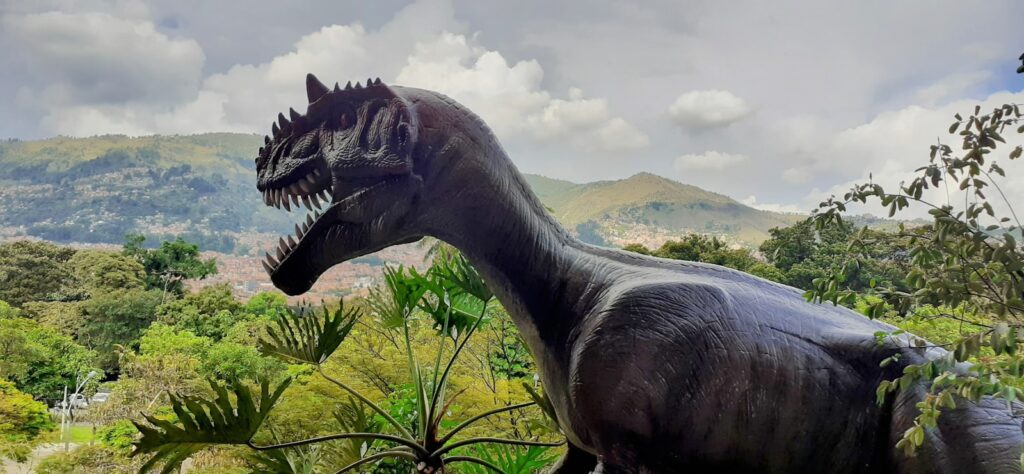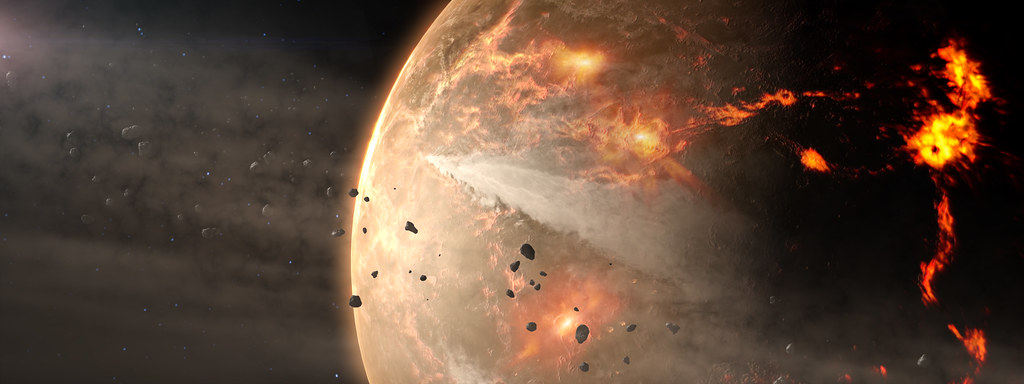Picture a world where colossal dinosaurs roamed through landscapes we’d barely recognize today. Now add a revolutionary element that transformed these ancient ecosystems forever – the first flowers blooming across the Earth. The Cretaceous period wasn’t just the age of dinosaurs; it was nature’s most spectacular botanical makeover in history.
The Great Plant Revolution Begins
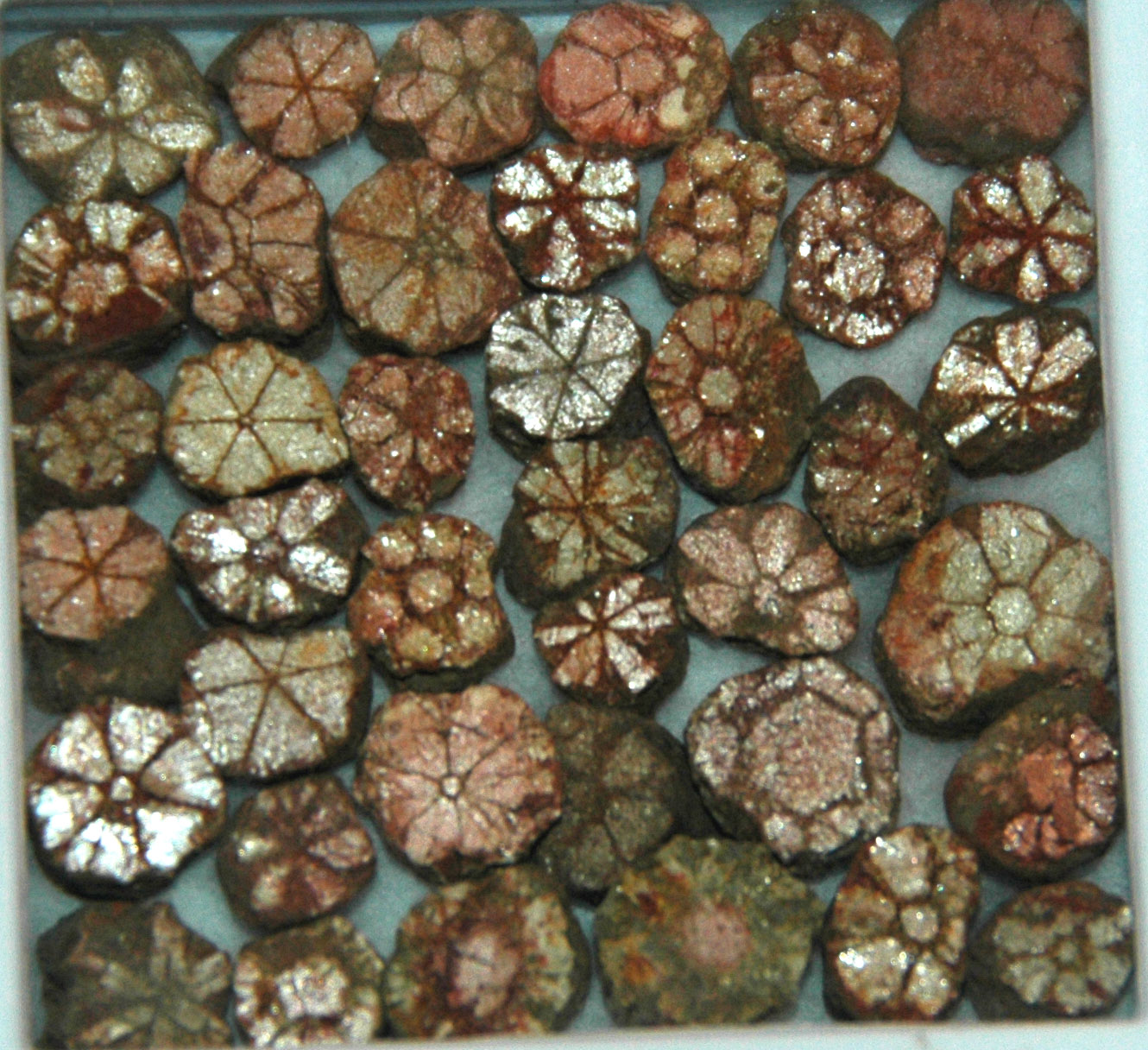
Flowering plants similar to modern magnolias, dogwoods, and oaks, appeared rather abruptly in the fossil record, about 90 mya (Late Cretaceous), first appearing in the Lower Cretaceous around 125 million years ago. The emergence of these angiosperms marked a pivotal moment that would forever change life on our planet. Before this botanical revolution, dinosaurs wandered through relatively monotonous landscapes dominated by ferns, cycads, and conifers.
When dinosaurs first evolved around 230 million years ago (mya), flowers were nowhere to be found. The contrast between the dull, greenish-brown world of the early Mesozoic and what was about to unfold couldn’t have been more dramatic. The appearance of flowering plants on Earth, and their rapid dissemination during the Cretaceous can be attributed to their capacity to transform the world to their own needs.
Darwin’s “Abominable Mystery” Revealed
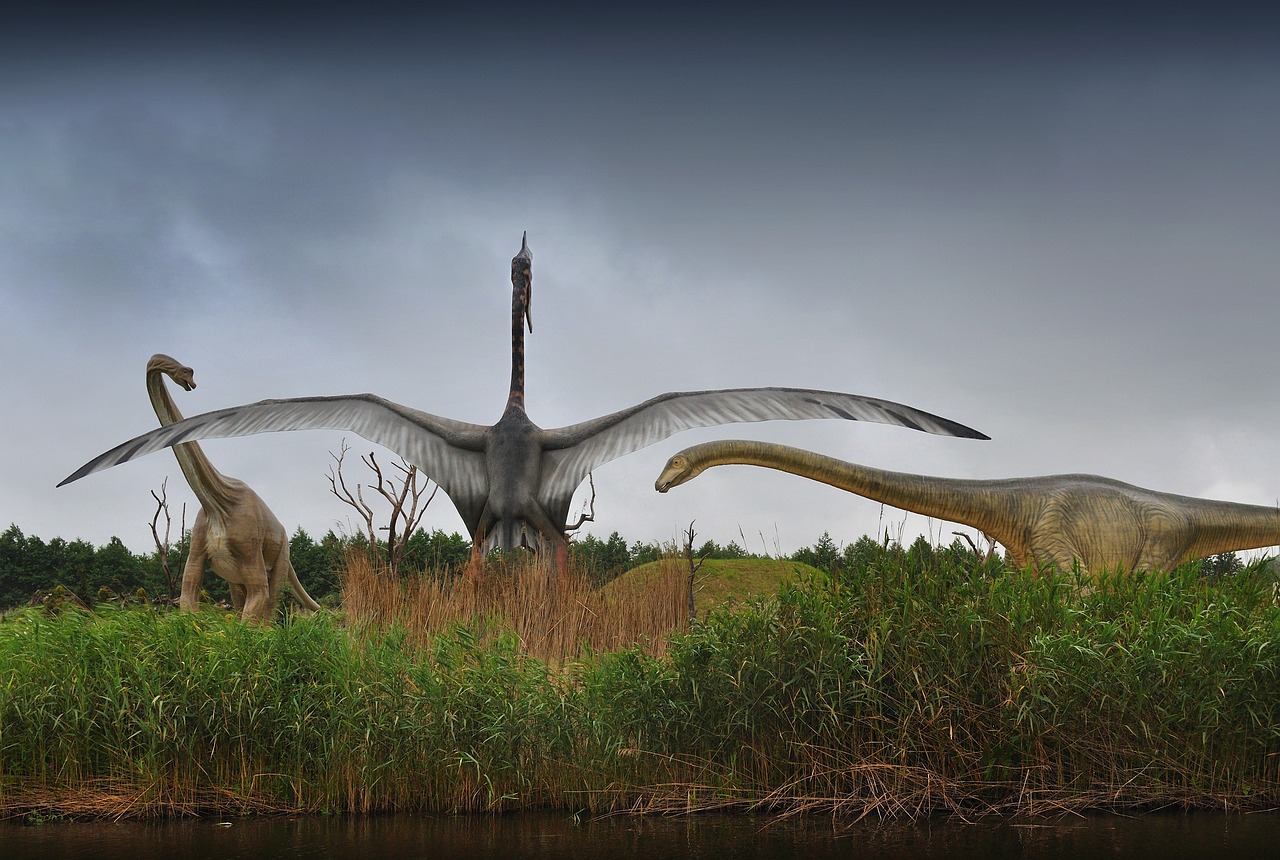
The history is controversial as flowering plants appear in great diversity in the Cretaceous, with scanty and debatable records before that, creating a puzzle for evolutionary biologists that Charles Darwin named an “abominable mystery”. This sudden botanical explosion baffled scientists for over a century. How could such diverse and complex plants appear so rapidly in the fossil record?
Recent discoveries have begun solving this puzzle. The discovery of this fossilized flower bud and fruit, indicates that flowering plants evolved nearly 75 million years earlier than originally thought, in the Jurassic Period 164 mya. The mystery wasn’t their sudden appearance – it was that we’d been looking in the wrong places and time periods.
A Spectrum of Early Blooms
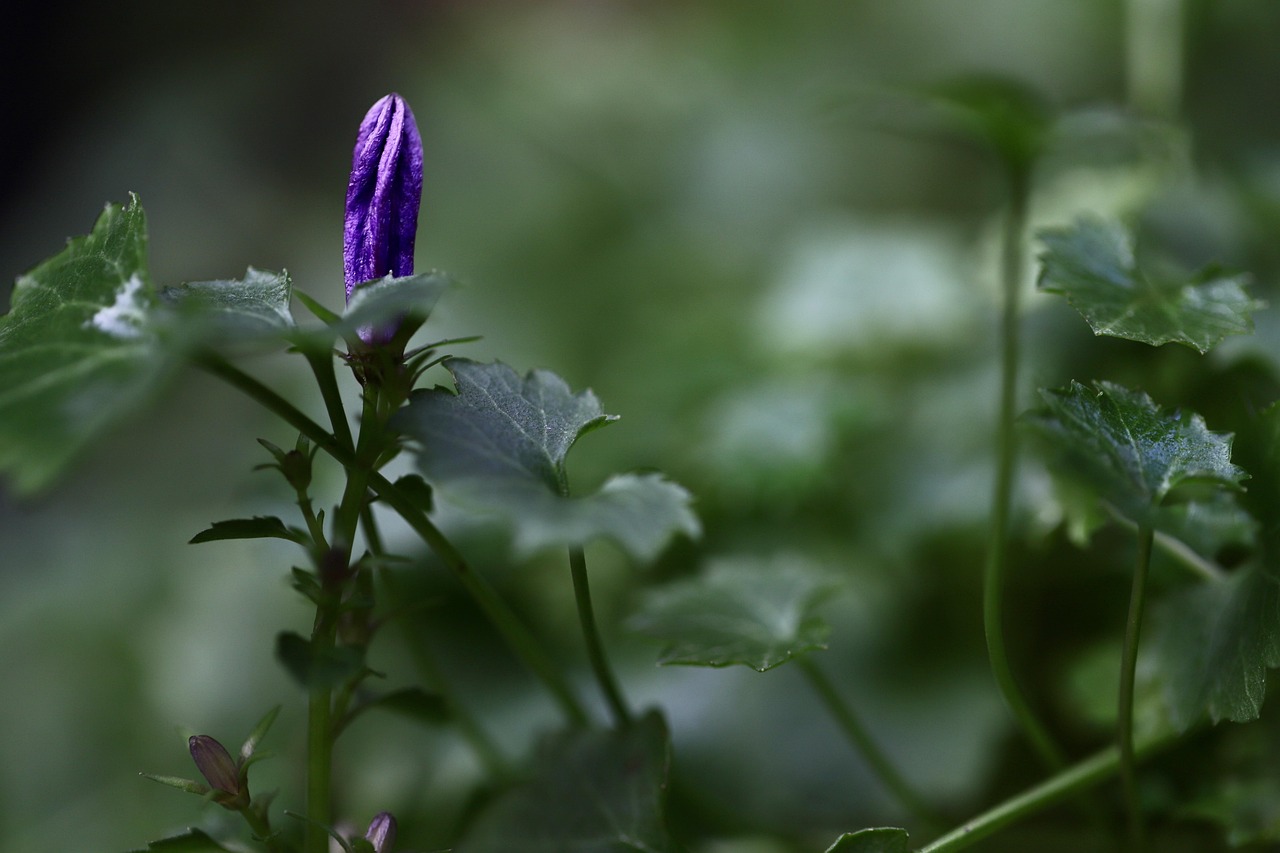
Flowering plants had already produced a large number of different flower types shortly after their emergence in the Cretaceous period, and this earliest floral diversity was greater than that today. Interestingly, it turned out that the Early Cretaceous flowers were on average more different from each other than today’s flowers, even though there are many more species of flowering plants on Earth today.
These ancient flowers weren’t simple affairs. Flowers began to exhibit a wide range of shapes, sizes, and colors, each adapted to attract specific pollinators or deter herbivores. The early Cretaceous world witnessed an explosion of floral innovation that surpassed anything we see in modern ecosystems. Angiosperms have developed an incredible array of colors, scents, and fruits through their intricate and reciprocal relationship with the animal world.
Ancient Partnerships: Flowers and Their First Pollinators
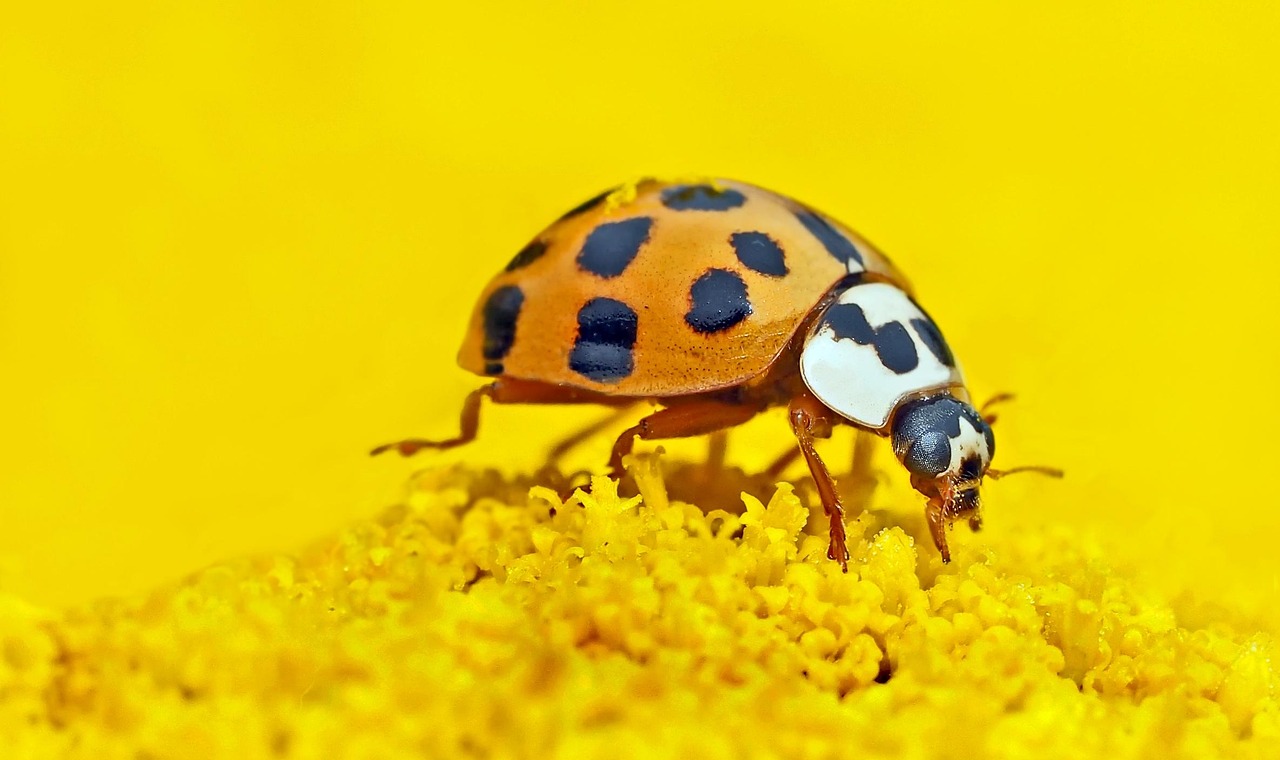
These plants were around before bees existed so beetles pollinated them instead. The relationship between early flowers and beetles created one of nature’s first sophisticated partnerships. Their arrival marked a period of explosive diversification for flowering plants, as the coevolution between the magnolias and the beetles led to the development of intricate systems that allowed both groups to thrive. This coevolutionary relationship between plants and pollinators is a prime example of the interdependence between species and how it can drive evolutionary change.
Another important insect to evolve was the eusocial bee, which was integral to the ecology and evolution of flowering plants. As the Cretaceous progressed, the insect world exploded with diversity. With flowers came many insects including butterflies, ants, termites and bees. While the flowering plants provided food for these insects, the insects made sure the pollen spread from flower to flower to produce the seeds that would keep the flowers reproducing.
The Dinosaur Garden: What Giants Saw
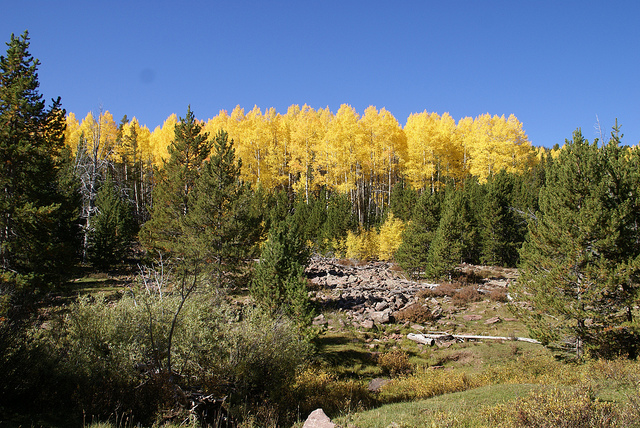
Imagine being a massive sauropod, stretching your long neck to browse among towering tree ferns, when suddenly brilliant splashes of color catch your eye – the first magnolia blooms in Earth’s history. Plants include firs, cycads and an early magnolia tree in flower. The Late Cretaceous landscape presented dinosaurs with an entirely new visual experience.
Dinosaurs both great and small moved through forests of ferns, cycads, and conifers, but now these familiar green backdrops were punctuated by colorful flowering displays. The transition wasn’t immediate – This transition didn’t happen overnight; it was a gradual process that unfolded over millions of years. Early Cretaceous: Gymnosperms (like conifers and cycads) dominated · Mid-Cretaceous: Angiosperms began to appear and spread · Late Cretaceous: Flowering plants became increasingly prevalent.
Revolutionary Plant Architecture
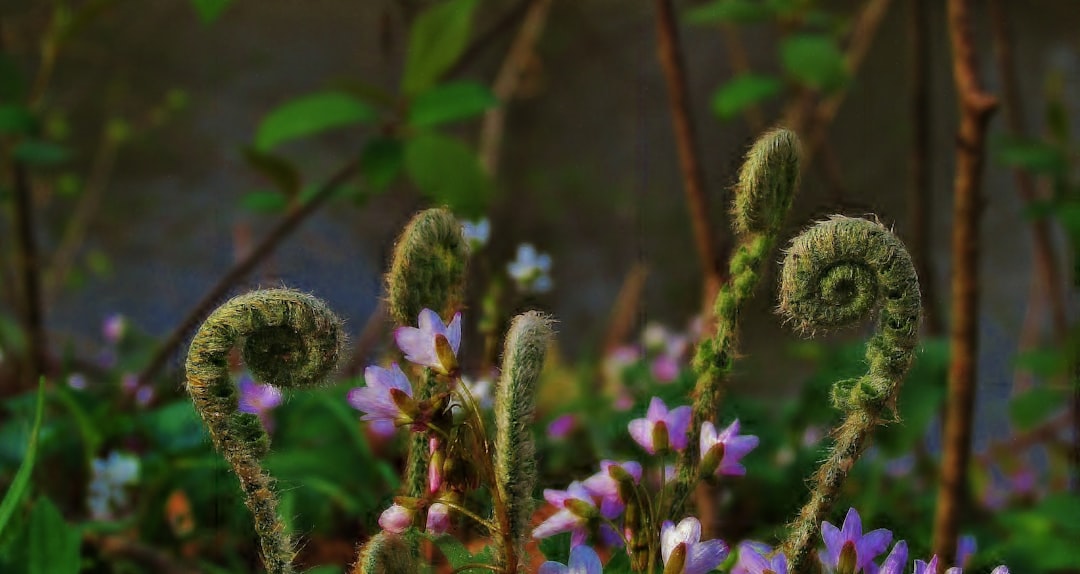
It has been proposed that the swift rise of angiosperms to dominance was facilitated by a reduction in their genome size. During the early Cretaceous period, only angiosperms underwent rapid genome downsizing, while genome sizes of ferns and gymnosperms remained unchanged. Smaller genomes – and smaller nuclei – allow for faster rates of cell division and smaller cells. Thus, species with smaller genomes can pack more, smaller cells – in particular veins and stomata – into a given leaf volume.
This genomic revolution gave flowering plants unprecedented efficiency. Genome downsizing therefore facilitated higher rates of leaf gas exchange (transpiration and photosynthesis) and faster rates of growth. This would have countered some of the negative physiological effects of genome duplications, facilitated increased uptake of carbon dioxide despite concurrent declines in atmospheric CO2 concentrations, and allowed the flowering plants to outcompete other land plants.
Did Dinosaurs Shape the Flower Revolution?
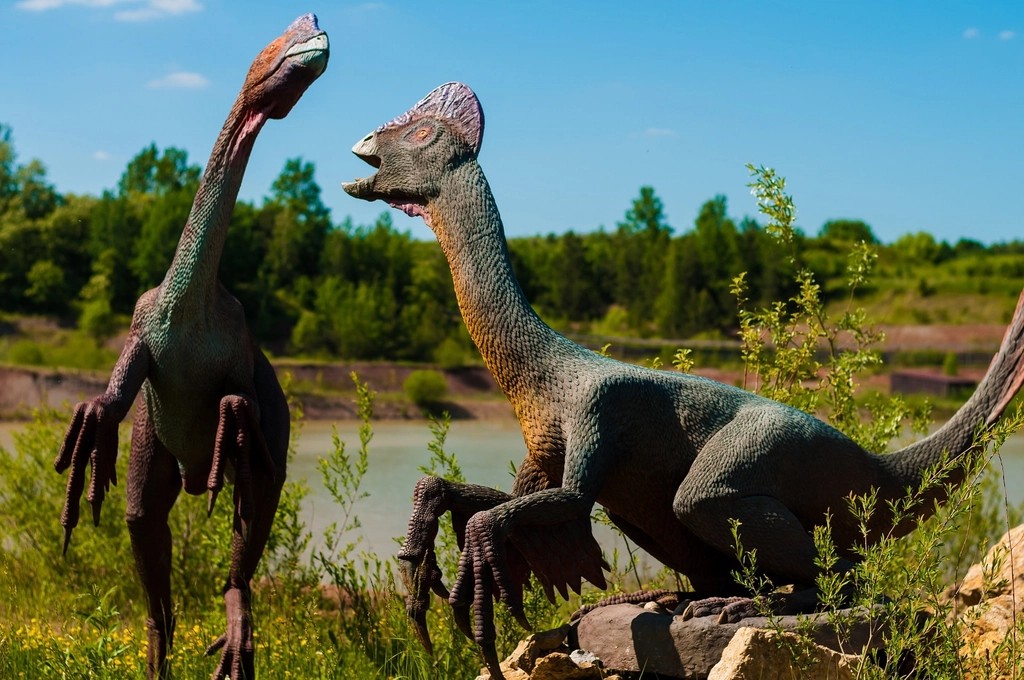
The relationship between dinosaurs and flowering plants remains one of paleontology’s most intriguing puzzles. We conclude that there are no strong spatiotemporal correlations in support of the hypothesis that dinosaurs were causative agents in the origin of angiosperms; however, dinosaur-angiosperm interactions in the Late Cretaceous may have resulted in some coevolutionary interactions, although direct evidence of such interactions is scanty at present.
Despite the lack of direct evidence, some fascinating connections existed. Herbivorous – plant-eating – dinosaurs might also have been ecosystem engineers, meaning they changed the places where they lived through their behaviour. When these dinosaurs ate plant seeds, they may have passed through their guts and out in their poo, which helped to spread the seeds across the animal’s habitat as they moved around. Giant dinosaurs may have unknowingly served as the world’s first long-distance seed dispersal agents.
The Cretaceous Color Palette
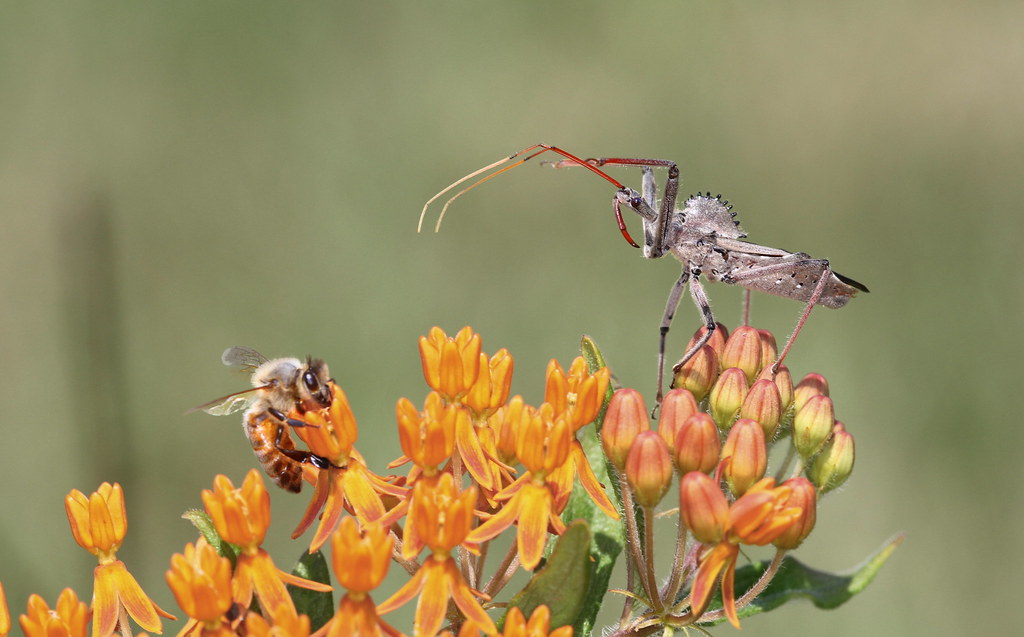
Without the abundance and variety of flowering plants (more than 90% of all land-plant species) known today, the world would be a much duller place. The Cretaceous period transformed Earth’s visual landscape from a predominantly green and brown world to one bursting with vibrant colors and diverse textures.
Early flowering plants introduced colors never before seen in terrestrial ecosystems. While we can’t know the exact hues of Cretaceous blooms, the fossil evidence suggests remarkable diversity in form and structure, implying equally diverse coloration. In the Cretaceous period (145-66 million years ago) the early flowers had arrived, with many pollinated by insects too – just like flowers today. The sophisticated pollination relationships required visual attraction, suggesting these ancient flowers were already masters of color and display.
Legacy of the Flowering Revolution
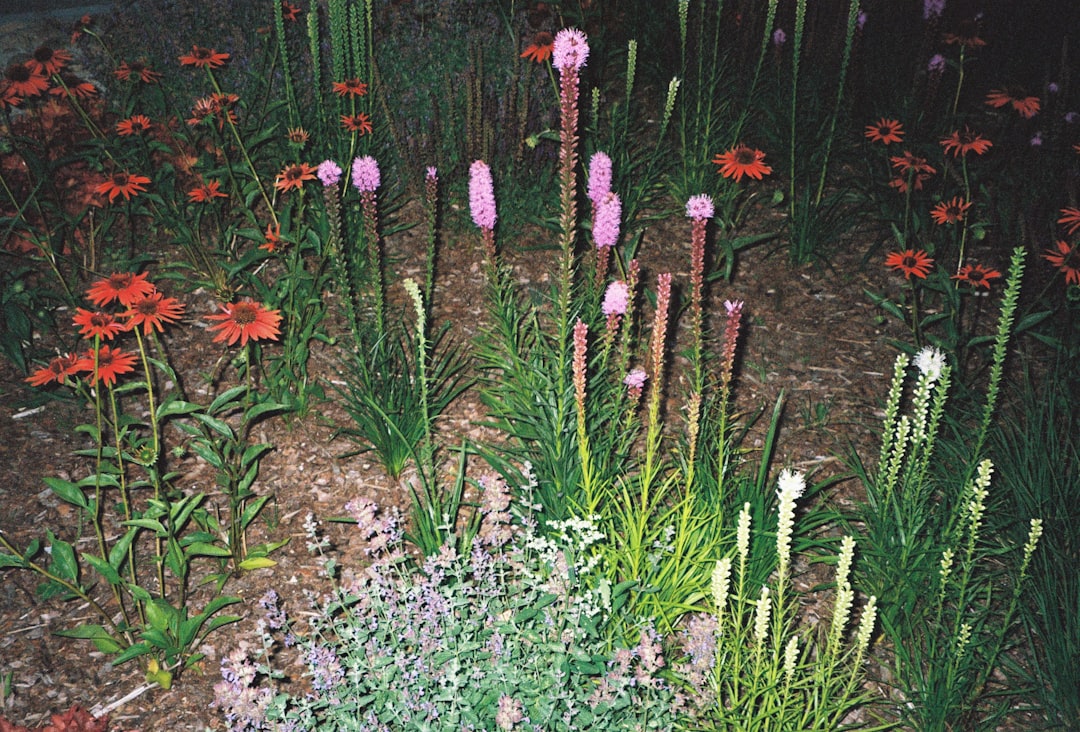
The Cretaceous flowering plant revolution didn’t just add color to dinosaur habitats – it fundamentally rewrote the rules of terrestrial life. The Cretaceous was thus the time in which life as it now exists on Earth came together. This botanical transformation set the stage for the incredible diversity of ecosystems we see today.
With their quick growth, drought tolerance, and long-lived seeds, flowering plants were better able to colonize the devastated earth than cone-and spore-bearing species. Thus, the evolution of flowering plants parallels that of mammals. Just as mammals waited in the shadows for their moment to dominate, flowering plants had been quietly preparing for their spectacular takeover of terrestrial ecosystems. The colorful Cretaceous world they created became the foundation for nearly every land-based ecosystem that followed, painting a legacy that continues to bloom around us today.


